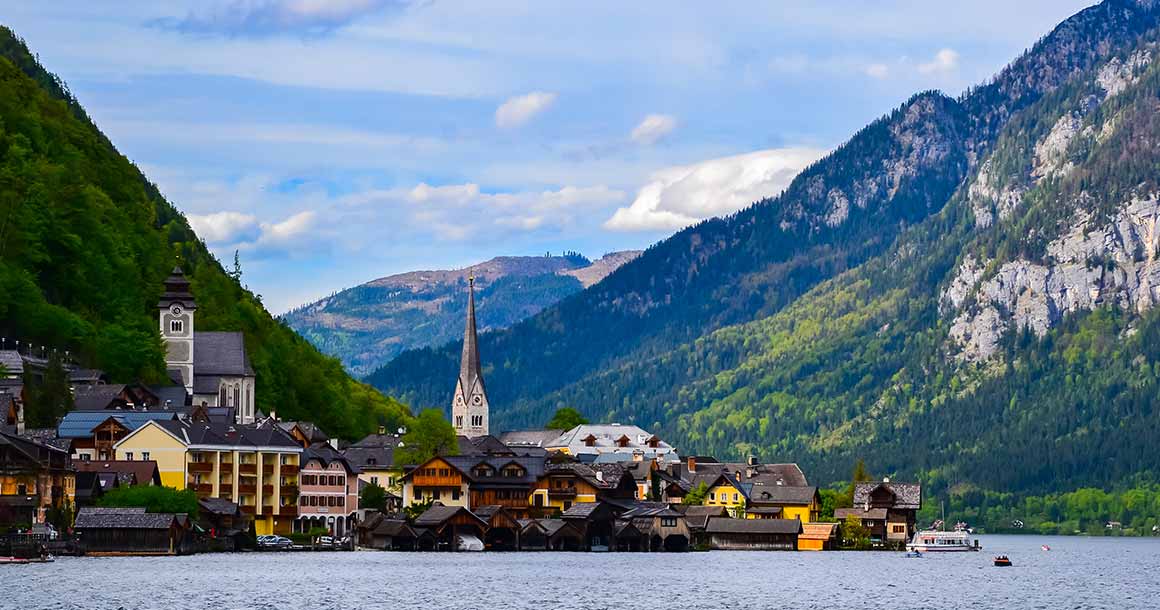
Hallstatt
Our group descended into tiny Hallstatt this afternoon, a storybook village perched on the rocky shore of the Hallstätter in the Salzkammergut region of upper Austria. Hallstatt is a small town, but what it lacks in size it generously makes up for in character and sensorial stimulation. Lovingly decorated gasthauses and cobbled alleyways make this secluded gem feel more like a fantasy diorama than an actual functioning town. This is the real deal though, and about 1,000 inhabitants call Hallstatt their home. The strategic location of our hotel for the next two nights will offer our guests the best of two worlds, stunning mountain scenery and a fairytale market square on one side, and delicious lakeside views of the glacial fjords on the other.(Look closely. Our hotel sits directly behind the church steeple in the above photo).
A brief history:
Historians believe that Hallstatt gets its name from the old Celtic word “hall” meaning salt. It was, in fact, this rich resource that brought Hallstatt its wealth and attracted some of the first human habitation of the region thousands of years ago. The world’s first salt mine is supposedly located here which, three thousand years ago, earned Hallstatt recognition as the salt mining capital of Europe. The salt trade, and the highly developed culture that flourished because of it, was so important that historians even refer to a particular 1,000-year period in European history as “The Hallstatt Period.”
Hallstatt became a market town around the year 1300, a legal term from the medieval period that granted certain European settlements the right to host markets in order to sell and distribute goods. This was a big deal back in the day, and it contributed to Hallstatt’s continued economic success.
Hallstatt continues to produce salt today, but tourism plays a larger role in the town’s economic vitality. Tourists descend upon tiny Hallstatt to see the famous salt museum and to witness the brine pipeline that, since 1595, continues to transport precious salt a full 40 kilometers from Hallstatt to the town of Ebensee.
Perhaps even more interesting than the subterranean lakes and tunnels of the mines, however, is the ossuary. Hallstatt has always been so pint-sized, and perched so precipitously on a miniature ledge that it long outgrew, that bones in the church cemetery were exhumed every 10 to 12 years to make room for the newly departed. The result is a fascinating chapel of decorated bones with each of the more than 600 skulls named, dated, and decorated in different motifs of rose and ivy. (The church fortunately stopped this practice of exhumation back in 1960).
We’ll enjoy some of the local tourist attractions, but our primary purpose is to hike and discover the Gemütlichkeit that makes this region so wonderful. What, you ask, is Gemütlichkeit? It is something that’s easy to experience in Hallstatt but difficult to explain in words. Perhaps you should join our Heart of Austria tour to find out first hand for yourself. We think you’ll agree, Hallstatt is certainly worth its salt.
See you on the trail.

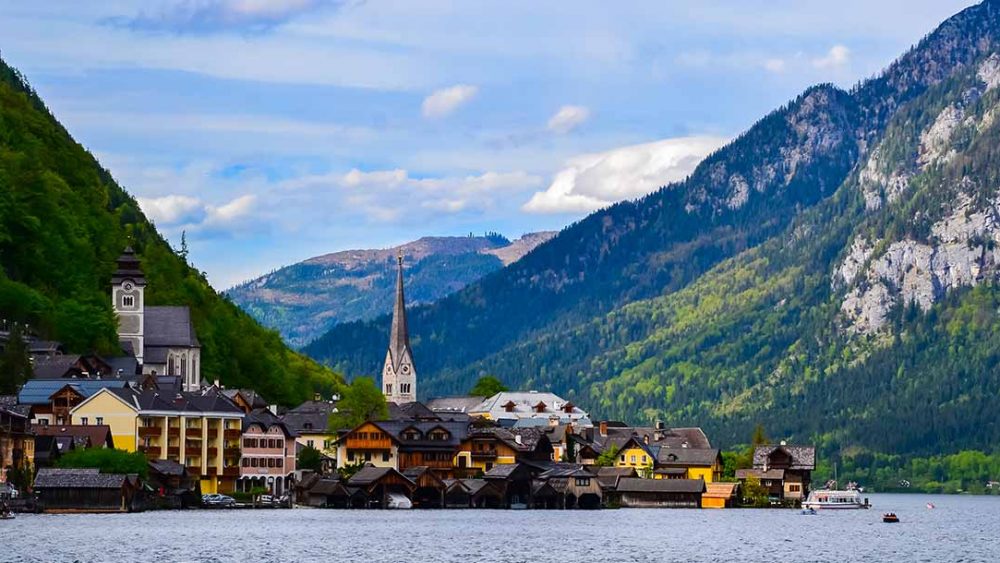
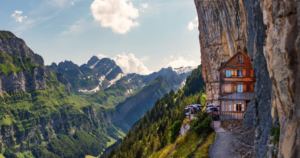
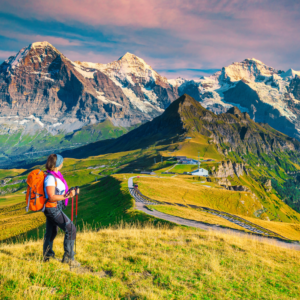

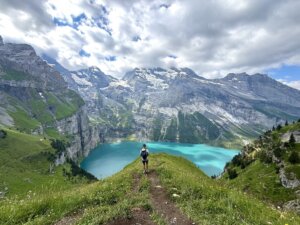

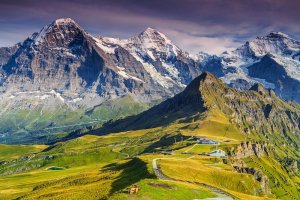

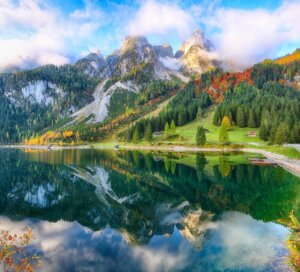
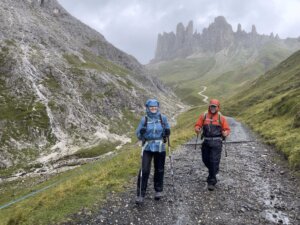










Comments are closed.